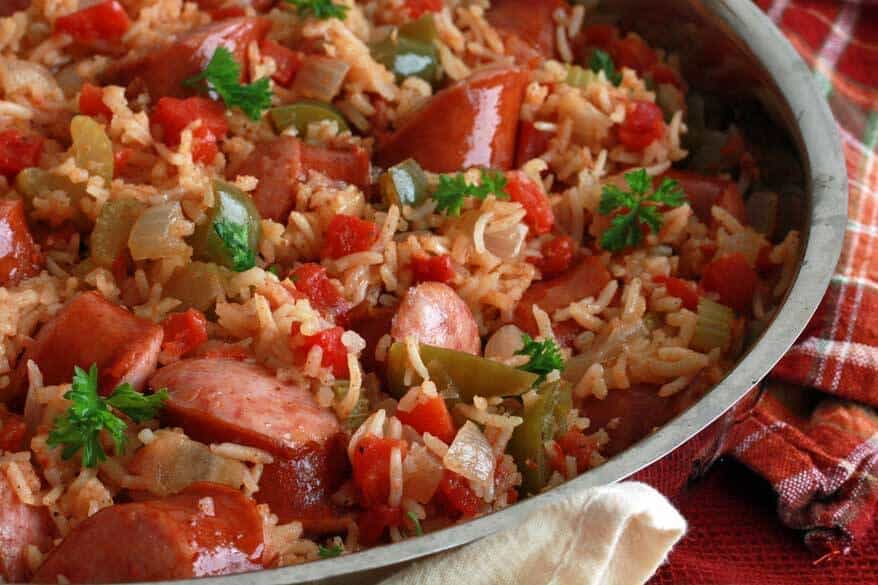1/3 cup butter, melted
2 tablespoons minced garlic (can use more or less)
2 teaspoons garlic powder, divided (garlic lovers can use more)
1/2 teaspoon seasoning salt
3/4 cup seasoned dry bread crumbs
1/2 cup finely grated cheddar cheese
1/4 cup freshly grated parmesan cheese
1/2 teaspoon ground black pepper
4 boneless skinless chicken breasts
shredded cheddar cheese (optional and use any amount desired, or can use shredded mozzarella cheese)
Directions
Preheat oven to 350°F.
Butter an 11 x 7-inch pan (if using more than 4 breasts use a larger pan).
In a bowl, combine melted butter with fresh minced garlic, 1 teaspoon garlic powder and salt.
In another bowl, combine the dry breadcrumbs with 1/2 cup finely grated cheddar cheese, Parmesan cheese 1 teaspoon garlic powder and coarse ground black pepper.
Dip chicken in butter mixture; then in crumb mixture.
Place in prepared pan and bake uncovered for 35-45 minutes or until cooked through, larger breasts may take more time (placing the chicken on a rack in a pan will produce an extra crispy crust).
Top with shredded cheddar or mozzarella the last 5 minutes of cooking (this is only optional.
Changes I made:
Used Panko bread crumbs seasoned with onion powder, garlic powder, Italian seasonings, black pepper
Skipped the grated cheddar
Baked on a rack on a foil covered cookie sheet (still a bit soggy on the bottom side)


























